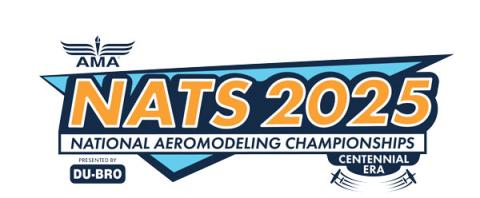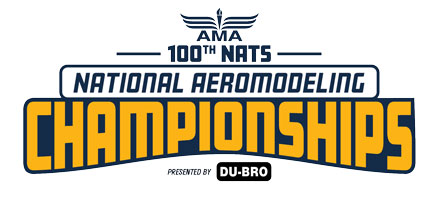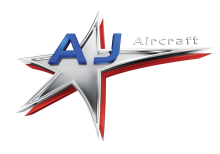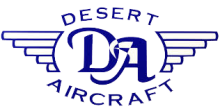
The video features a conversation between Terry, a novice to the National Aeromodeling Championships (NATS), and Mike Barbie, an experienced scale model airplane pilot from Delaware, Ohio. Mike is attending his 41st NATS and shares detailed insights about the scale modeling competition, explaining the structure, judging criteria, classes, and the various skill levels involved. The competition combines static judging, where models are evaluated for craftsmanship and accuracy, and flight performance, where pilots execute specific maneuvers tailored to the real aircraft’s capabilities. Mike breaks down the different classes, including the ProAm Sportsman, ProAm Pro divisions (turtle and warbird), and the internationally recognized F4 class, used for selecting the U.S. team for world championships. He highlights the inclusivity of the event, welcoming pilots flying a variety of aircraft types and power sources. The discussion also touches on the intense scrutiny models face in international judging, emphasizing the level of detail and precision required. Finally, Mike comments on the flying conditions at the event, assuring that despite atmospheric factors, the model planes perform well with ample power.
00:00:00 - 00:00:57 Introduction to Nats Noobs and RC Scale Line
Terry, a self-proclaimed novice to the Nats, introduces the segment from the AMA Nats event. He is joined by Mike Barbie at the RC scale line, where Mike begins to explain what will happen there.
00:00:28 - 00:01:27 Mike Barbie's Background and Scale Flying
The speaker introduces their experience flying various RC aircraft disciplines including pylon, pattern, iMac, and scale, with scale being their favorite because it involves making the model look like a real airplane. They explain that in scale competitions, most classes are judged statically, meaning the airplane is presented to three judges for evaluation.
00:00:58 - 00:02:05 Judging Criteria: Static Judging Explained
The judging of the airplane involves evaluating its color, craftsmanship, markings, and outline, scoring between zero and 100 points, with 100 being perfect. This score constitutes half of the total score. The other half comes from the flying score, which includes performing nine airborne maneuvers. Four of these maneuvers—the takeoff, figure eight, flyby, and landing—are mandatory.
00:01:31 - 00:02:32 Flying Maneuvers and Scoring System
The speaker explains the scoring system for a model airplane competition, emphasizing that participants should select five maneuvers that the airplane model could realistically perform in service, excluding unrealistic moves like an outside loop for a cub. The total score combines two parts, with the highest scorer winning. The discussion then shifts to observing the types of model airplanes present, noting a mix of scratch-built and Almost Ready to Fly (ARF) models.
00:02:01 - 00:03:14 ProAm Classes and Divisions Explained
The speaker explains the ProAm classes in a flying competition. ProAm Sportsman is for beginners flying ready-made models for the first time. ProAm Pro is divided into two divisions: Division One, called the turtle division, includes slower planes like Cubs, Steermanmans, and Orcas. Division Two consists of Warbirds such as P-47s, P-51s, and aerobatic airplanes.
00:02:39 - 00:03:41 Competition Skill Levels and Aircraft Types
The competition is designed to level the playing field by separating participants based on certain criteria, focusing primarily on how well they perform practiced maneuvers. It welcomes pilots of various skill levels and allows a wide range of aircraft types, including foam, electric, gasoline, and glow engine planes.
00:03:10 - 00:04:13 Documentation and Storytelling Requirements
In the pro-am class, the process is simplified because participants only need to show a picture of the full-scale airplane they built. The documentation required is minimal, up to eight pages, focusing on telling the story of the airplane. This class is less critical about detailed documentation compared to others.
00:03:42 - 00:05:01 F4 International Class and US Team Selection
The F4 class is used to select the United States team for the world scale competition under the FAI international framework. It includes three classes: F4B for control line flyers, F4C which is judged similarly to scale with very detailed and close inspection by judges that can take up to an hour per airplane, and another class not fully detailed in this segment.
00:04:21 - 00:05:21 F4 Judging Process and Scrutiny
The speaker explains how observers examine a model airplane from 15 feet away, using magnification to scrutinize details like rivets closely. They emphasize that spending an hour inspecting an airplane reveals many mistakes. The speaker then identifies their airplane model as an F4H Fury and mentions flying it in Romania for a world event last year.
00:04:51 - 00:05:44 Mike's F4 Experience and Upcoming Plans
The speaker discusses their plan to qualify for the championships using one airplane but compete with a different one, which is allowed. They mention the hot weather and note that the density altitude is about 3,000 feet, explaining that while this affects full-scale airplanes, the model airplanes don't experience the same impact.
00:05:18 - 00:05:55 Flying Conditions and Wrap-up
The speaker explains that despite appearances, the pilots have ample power and can easily throttle back if needed. After confirming the basics, they prepare to watch scale airplanes fly, concluding the conversation with thanks.
















